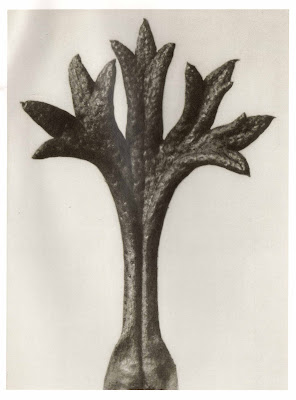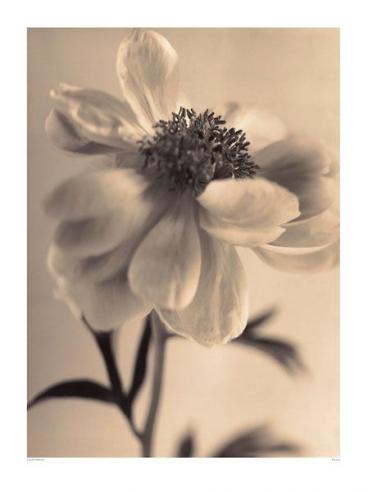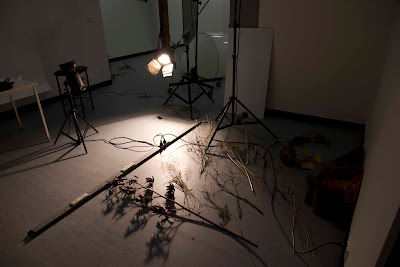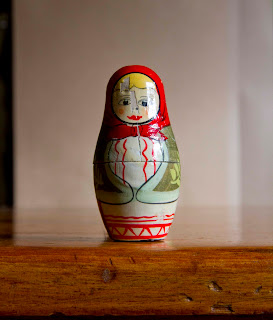I'm really pleased with the final result. I'm not even sure which is my favourite as I feel each is strong in it's own right. They also work beautifully together as a series which is something I really wanted to achieve and visualised at the very beginning.
Overall I collected 30 plants and ended up photographing 20 of them. Some were not listed in my weeds book, but rather spent seed heads that held interesting patterns for me. Others are commonly found in gardens and perhaps most don't know they carry the label of a weed.
In the end though the concept of focusing entirely on roadside weeds was much more interesting and a well rounded choice for the series. Here is my favourite of the non-weed compositions that went on the cutting room floor.
 |
| Banksia spp. Em Horswill, 2012 |
It has taken me around 9 hours to edit these down to the final 8 composite images and I'm completely happy with the end result. Some were easier than others as there were many choices to go with and it was hard to not use a really good shot when it didn't fit. But I'm lucky to be comfortable with being able to let go of things when they don't work.
I'm really glad that during the shoot I also focused on taking interesting images of shadows from each plant projected onto the backdrop wall. These have provided some wonderfully interesting images that I have been able to use to separate two hard edged & sharp images from each other and thus balance the final result. I also experimented with shooting some images out of focus on purpose (not just because I couldn't get the focus right!) but thinking about using these to balance out a sharper, finer image next to it. I know Ruth had reservations about me using one of them in particular but I have thought and re-thought about using it (Unidentified weed) and still feel strongly that it works well next to the sharp high detail and busy image next to it - so I hope she agrees with me!
The fantastic thing about choosing to use this subject matter and method of photographing in the studio for this assignment, was the clear ability to achieve differences with tiny adjustments of frame and the angle of the camera. A little shift to the left can reveal a balance and perfect symmetry between 3 tiny leaves and a small shift to the right can completely hide this alignment and make the shot instantly uninteresting.
I felt like a 'composition explorer' whilst shooting this - having to thoroughly move around each plant and photograph from all different angles of view to try and capture that new composition and way of seeing the plant, all the while hunting for the unseen patterns and details. Sometimes it was as simple as using a tight frame with large depth of field and then just pulling focus slowly and watching the most amazing shapes and beautifully composed images come into focus like a kaleidoscope, but if I kept going, it was just as quick to leave.
When it came down to it though - my aim for this assignment was to photograph weeds and draw the viewer in to appreciate the stunning patterns, forms and natural beauty of these lesser photographed members of the plant kingdom, that are normally despised or otherwise completely ignored. Perhaps this series can pose the question - what else do we miss by not stopping and looking closely enough? Why do we judge things based on general opinion and a label? What is a weed anyway and why are we all programmed to hate them so much?
Perhaps it may also lead to some distracted driving when a glint of sun is caught in a sculptural seed head and pulls your attention away from the centre-line, or maybe the outline of a statuesque Yarrow stalk will capture your admiration as it is perfectly framed against a clear sky.
As it does for me......




































